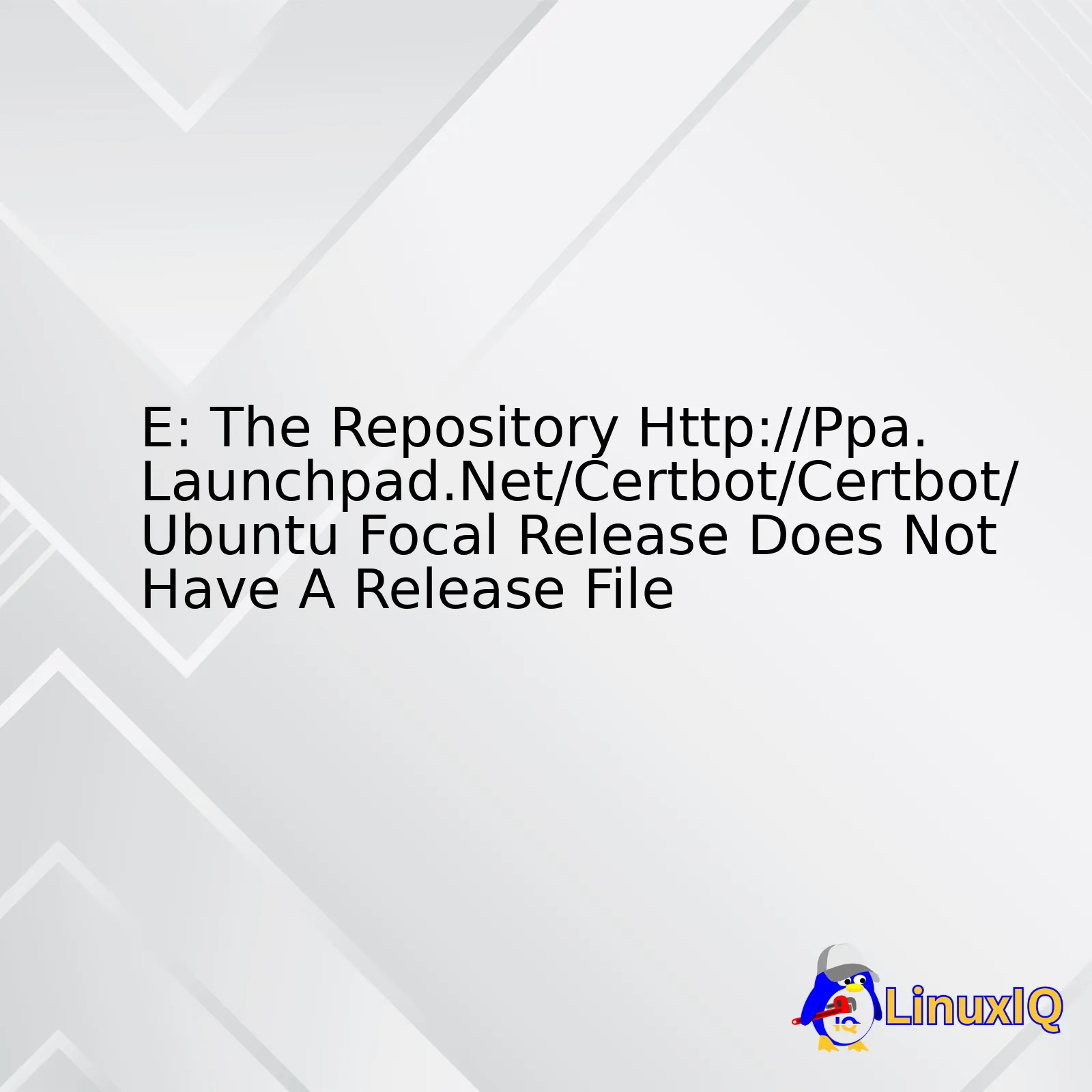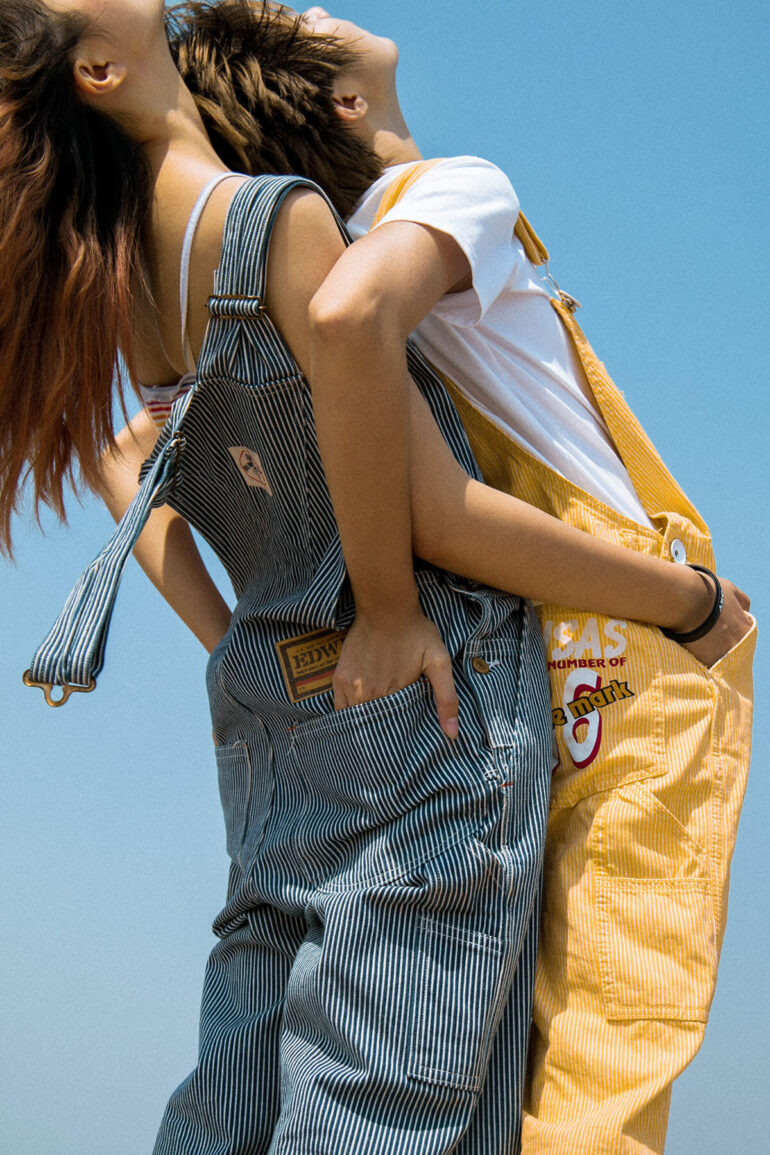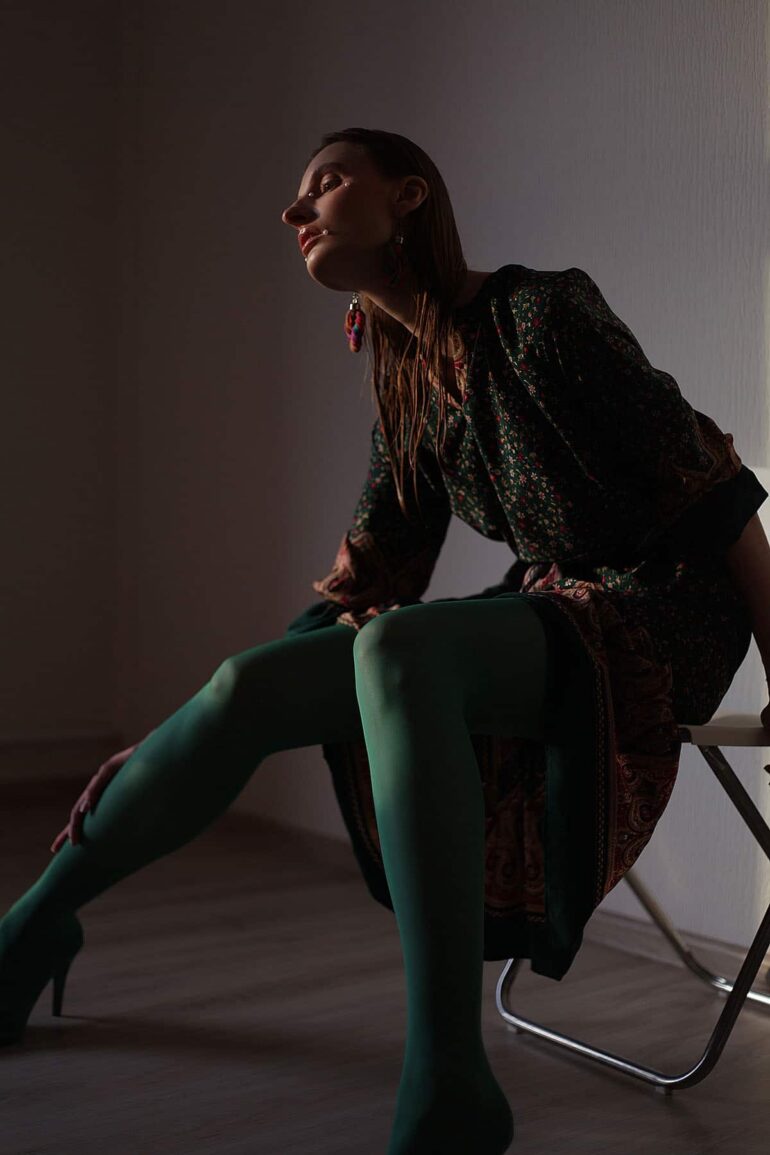Berlin, a city perpetually reinventing itself, transforms into a sprawling, vibrant gallery every September for Berlin Art Week. This is not a single, monolithic event confined to a convention center, but a decentralized celebration of contemporary art that permeates the city’s very fabric. From the established museums of Museum Island to the raw, industrial spaces of former warehouses in Kreuzberg and Neukölln, the week offers a dynamic snapshot of the global art scene. It’s a meticulously orchestrated yet wonderfully chaotic convergence of artists, collectors, curators, and the public, all eager to discover what’s new and next. This article delves into the architecture of this city-wide festival, explores the increasingly crucial role technology plays in modern artistic expression, and provides a guide to navigating its multifaceted offerings.
Understanding Berlin Art Week is akin to understanding a complex operating system. It has its core components, its user permissions, and its resource management challenges. The festival is a collaboration between major institutions, private collections, project spaces, and over 50 galleries, each acting as a vital process contributing to the whole. To the casual observer, it’s a flurry of openings and exhibitions; to the dedicated attendee, it’s a system to be navigated, optimized, and explored. In an age where art and technology are increasingly intertwined, we can even see parallels to the robust, open-source world of Linux, where stability, security, and creative freedom are paramount. This guide will explore both the artistic highlights and the unseen technological frameworks that bring many contemporary works to life.
The Core Architecture: Deconstructing the Festival
To truly appreciate Berlin Art Week, one must understand its structure. It’s less a single program and more a collection of interconnected modules, each with a specific function, much like the modular design of the Linux Kernel. The event is built upon several key pillars that provide a framework for the hundreds of individual exhibitions and events.
Key Components: The Main Fairs and Institutions
The central hubs of the week are the two main art fairs: Positions Berlin Art Fair and the accompanying fair, paper positions. Positions, often held at the historic Tempelhof Airport, showcases a wide range of international galleries, offering a broad survey of the contemporary market. These fairs act as the central processing units of the week, driving commerce and dialogue. Parallel to this, Berlin’s world-class institutions present major exhibitions. Venues like Hamburger Bahnhof – Museum für Gegenwart, Gropius Bau, and KW Institute for Contemporary Art often save their blockbuster shows for this week, providing critical and historical context to the more commercial aspects of the fairs. Navigating the schedules and locations of these core events requires a plan, almost like writing a simple Bash Scripting automation to organize your itinerary for maximum efficiency.
Navigating the City: The Gallery Network
Beyond the main fairs, the true spirit of Berlin Art Week is found in the gallery openings scattered across the city. This decentralized network is the festival’s strength, encouraging exploration of Berlin’s diverse neighborhoods. From the polished galleries of Charlottenburg and Mitte to the more experimental project spaces in Kreuzberg, each district offers a different flavor. This can be compared to navigating the Linux File System; you have your root directories (the major institutions) and then a sprawling tree of subdirectories (the galleries), each containing unique files (the artworks). An effective visitor might use a map and a schedule to plot a course, much like using Linux Commands like ls -R to recursively list the contents of the entire system and plan their exploration.
“Berlin Art Week doesn’t just present art; it presents the city as a living gallery. The energy comes from the movement between spaces, the unexpected discoveries in a hidden courtyard, the dialogue that happens on the street. It’s a system in constant, dynamic flux.”
When Code Becomes Canvas: The Technology Behind the Art
While painting and sculpture remain central, a significant and growing portion of contemporary art relies heavily on technology. The pristine white walls of a gallery often conceal a complex backend of servers, custom software, and network infrastructure. This is where the worlds of art and System Administration collide, and where the principles of robust, open-source software become essential for artistic expression.

The Dedicated Machine: The Linux Server in the Gallery
Many interactive installations, generative art pieces, and complex video works run on dedicated computers hidden away in a back room or integrated into the pedestal. For these artworks, stability is non-negotiable. A crash is not a minor inconvenience; it’s the failure of the piece itself. This is why many artists and technicians turn to Linux Distributions. A stripped-down version of Debian Linux or a highly customized Arch Linux build provides a stable, predictable environment free from the forced updates and overhead of commercial operating systems. This setup, essentially a dedicated Linux Server for the art, ensures the piece runs exactly as the artist intended, 24/7. This kind of specialized setup is a core part of any good Ubuntu Tutorial for creating dedicated appliances.
Generative Art and Python Scripting
Generative art, where an algorithm creates or modifies the artwork, often relies on programming languages like Python. An artist might write a script that pulls real-time weather data to influence the colors and shapes of a digital projection, or one that uses a machine learning model to generate an endless stream of unique images. This is where skills in Python Scripting and Python Automation become artistic tools. The logic and elegance of the code are as much a part of the art as the final visual output. For a systems administrator, this is familiar territory; it’s using Python System Admin skills not to manage a server fleet, but to create a dynamic, living artwork. This creative application of Linux Programming demonstrates the versatility of these powerful tools.
Securing the Digital Masterpiece: Linux Security
When an artwork is interactive or connected to a network, it becomes a target. Just like any other server, it needs to be secured. A technician setting up such a piece will employ fundamental Linux Security practices. This could involve configuring the Linux Firewall using iptables to allow only specific types of traffic, ensuring that remote management is done exclusively over a secure Linux SSH connection. For highly sensitive installations, they might even implement Mandatory Access Control systems like SELinux to lock down the artwork’s processes, preventing any unauthorized modification. Managing Linux Users and setting strict File Permissions are not just best practices for a server running in a data center; they are essential for protecting the integrity of a digital masterpiece on display in a gallery.
The DevOps of Curation: Automation and Scalability in Art
The principles of modern software development and operations (DevOps) are finding surprising applications in the art world, especially for large-scale or reproducible digital works. The focus on automation, containerization, and reliable deployment is as relevant to a gallery as it is to a tech startup.
Deploying Art with Linux Docker
Imagine an artist creates a complex interactive piece that requires a specific version of Python, several libraries, a web server, and a database. Installing this manually in every gallery that exhibits the work would be time-consuming and error-prone. A modern approach is to package the entire application into a Linux Docker container. This creates a lightweight, portable environment containing the artwork and all its dependencies. The gallery technician simply needs to run the container, and the piece works perfectly, regardless of the underlying system. This is a practical Docker Tutorial in action, ensuring consistency and simplifying deployment. For massive, multi-component digital festivals, one could even imagine using Kubernetes Linux to manage a cluster of containers, ensuring high availability for a city-wide digital art experience. This is the world of Container Linux, applied to culture.
Configuration Management for Exhibitions

Consider an exhibition featuring dozens of screens, each playing a synchronized video. Configuring each player manually is a recipe for disaster. Here, a configuration management tool like Ansible could be used. A simple playbook could define the exact configuration for each player—network settings, video file path, playback options—and push it to all devices simultaneously. This form of Linux Automation ensures every component is identical and saves countless hours of manual labor, a core tenet of Linux DevOps. The same tools used to manage sprawling server farms on AWS Linux or Azure Linux can be used to manage a technologically complex art installation.
Monitoring the Exhibition: System Monitoring
For a long-running exhibition, it’s crucial to know if the technology is working correctly. Linux Monitoring tools are essential. A technician might use the classic top command or the more user-friendly htop to check the CPU and memory usage of the computer running an installation, ensuring it’s not overloaded. This type of Performance Monitoring can preemptively identify issues before the artwork fails. Automated alerts can be set up to notify staff if a process crashes or a disk is running out of space, ensuring the visitor experience is never compromised.
A Practical Toolkit: Storage, Servers, and Utilities
The creation and exhibition of digital art involve a host of other technical considerations that draw directly from the world of Linux Administration.
Data Management: Storage and Backups

High-resolution video art, 3D models, and raw data for generative pieces consume enormous amounts of storage. A robust Linux Disk Management strategy is critical. Artists and institutions often use technologies like LVM (Logical Volume Manager) to flexibly manage disk space and RAID arrays to protect against disk failure. Furthermore, a rigorous Linux Backup plan is non-negotiable. Losing the source code or the master video file for an artwork is catastrophic, so automated, regular backups are a standard part of the digital artist’s workflow.
Serving the Art Online
Many artists use the web as their primary gallery. Their personal websites, which are often interactive artworks themselves, are typically hosted on a Linux Web Server running industry-standard software like Apache or Nginx. The backend might be powered by a Linux Database such as PostgreSQL Linux or MySQL Linux to manage content or user interactions. These are the same technologies that power a vast portion of the internet, repurposed to serve art directly to a global audience.
The Artist’s Terminal: Essential Linux Tools
For the artist who codes, the Linux Terminal is their studio. They might write code in the powerful and efficient Vim Editor, compile performance-critical components written in C with GCC (a cornerstone of C Programming Linux and System Programming), and use Linux Utilities like grep, awk, and sed to manipulate data. To manage long-running rendering processes or keep a development environment active, they might use terminal multiplexers like Tmux or Screen, essential tools for any serious Linux Development work.
Conclusion: A Synthesis of Art and System
Berlin Art Week is a testament to the city’s creative energy, a sprawling festival that is as challenging to navigate as it is rewarding to experience. It showcases the incredible diversity of contemporary art, from traditional painting to the most technologically advanced installations. As this exploration has shown, the worlds of art and technology are not separate; they are deeply and increasingly integrated. The same principles of stability, security, and automation that govern the management of a Red Hat Linux or CentOS server are now being used to create, deploy, and preserve our most innovative cultural artifacts. The next time you stand before a mesmerizing digital artwork, take a moment to appreciate the invisible system running behind the scenes—the elegant code, the stable server, and the thoughtful administration that make the magic possible. Berlin Art Week is not just a collection of objects to be seen, but a complex, living system to be experienced.







